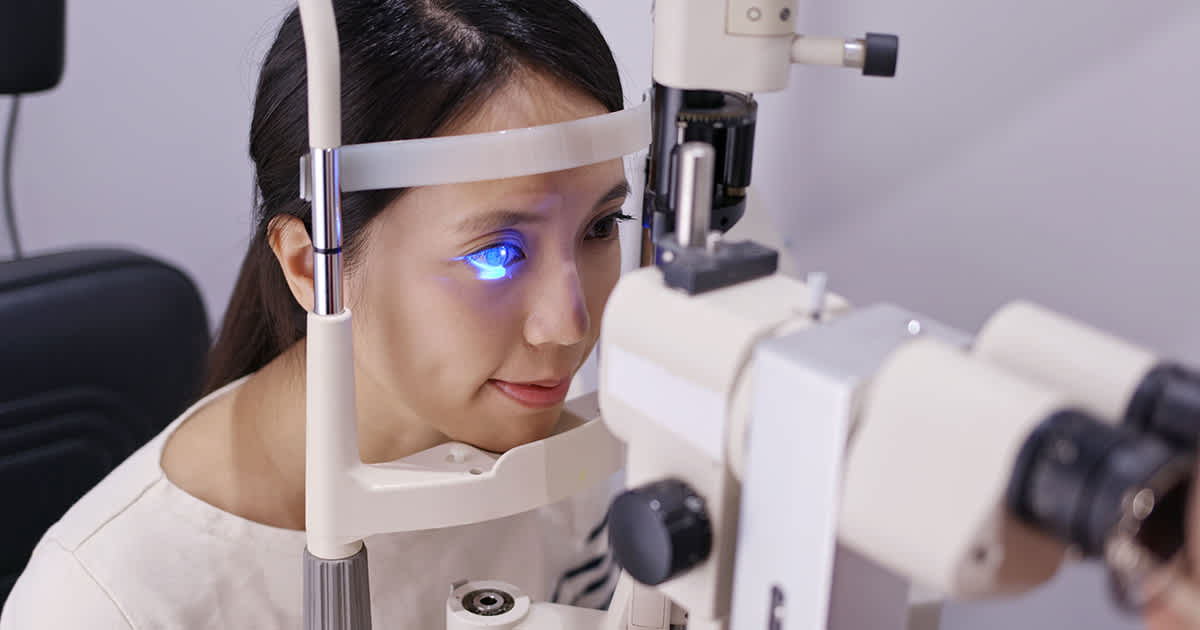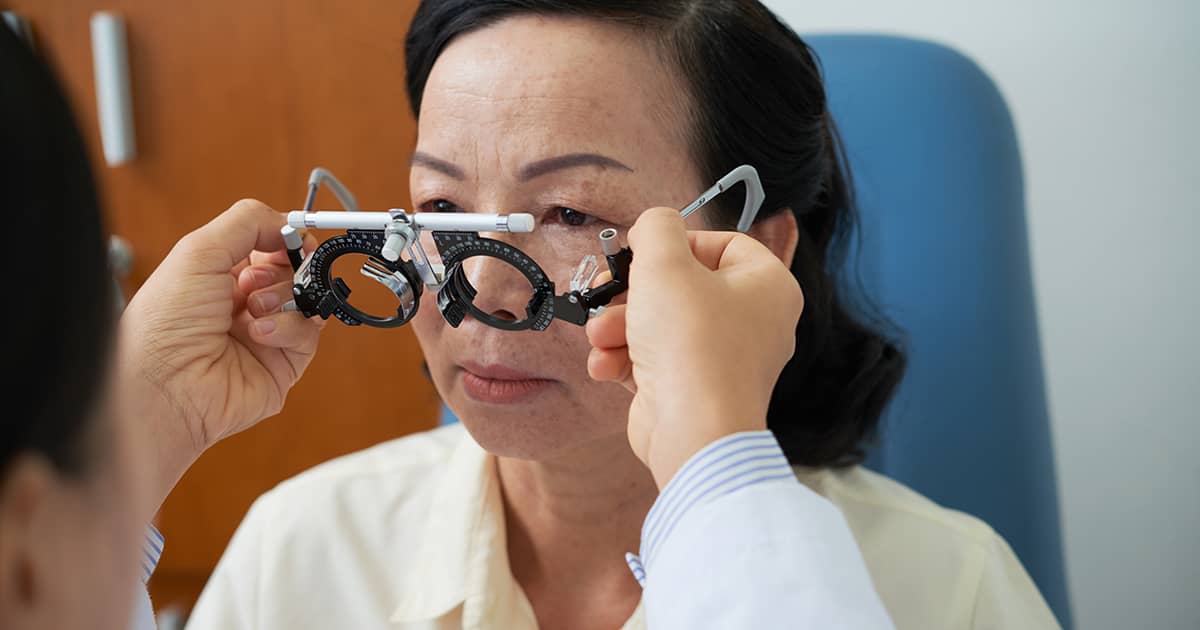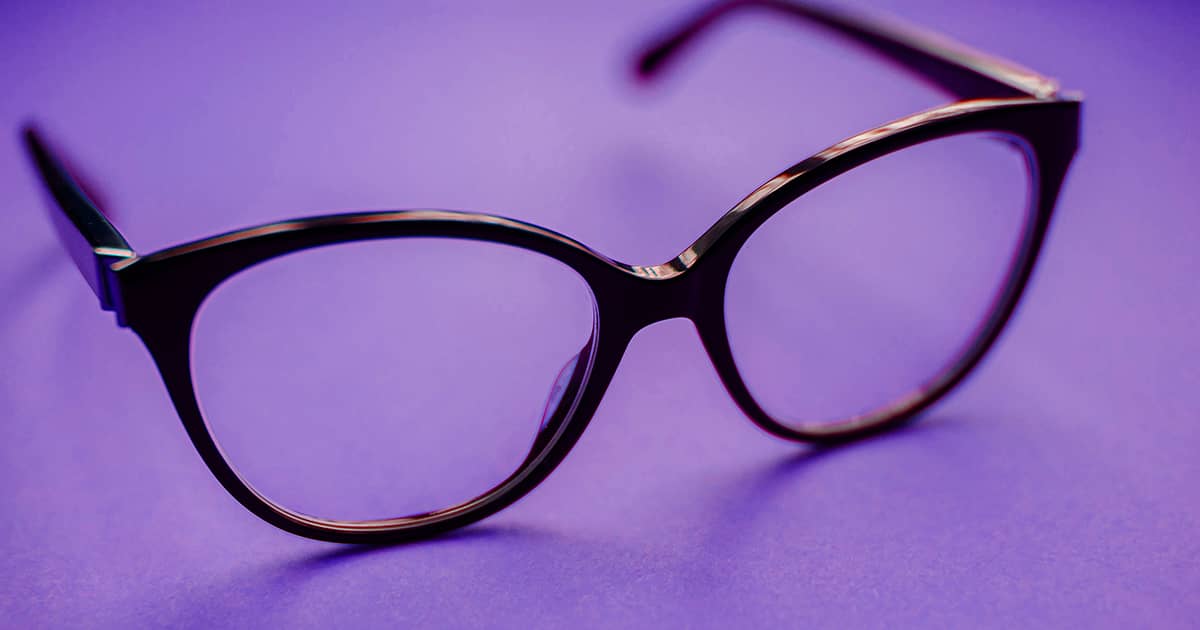Our grandparents had it, some of our parents had it…cataract surgery is the most common eye procedure amongst the older generation. Almost everyone will develop a cataract with age - it’s just a matter of time!
(Read more about cataract surgery in Singapore here).
Despite the prevalence of this condition, I've come to realise that many of my patients still have a poor understanding of cataracts.
Below, I explain the seven most common misconceptions about cataracts!
Myth 1: Only old people get cataracts!

Cataracts occur most commonly between the ages of 50 to 70 years. However, I'm increasingly treating younger patients from as early as 35 years old for early-onset cataracts.
The reasons for this premature cataract may be a combination of:
- Genetic factors
- Dietary factors
- High myopia
- Over-exposure to ultraviolet sunlight without protection
- Injudicious use of any form of steroid medications
Did you know that any form of prolonged steroid use also can lead to cataract formation?
Although it occurs most often with oral steroids, I've seen multiple patients with premature cataract formation due to prolonged use of steroid nasal sprays, inhalers as well as eye drops.
So be careful with these seemingly harmless medications!
Myth 2: I don't need to get my eyes checked for anything but cataracts!

Many Singaporeans come in asking only to have their eyes checked for cataracts in order to save costs. However, it’s very important to have a full eye check, which includes screening for glaucoma and retinal problems.
This is for two good reasons:
1. If there are concurrent glaucoma or retinal problems, treating the cataract alone isn't going to improve your vision.
In fact, I've seen many patients come to me complaining of poor vision, even after a previous cataract surgery done elsewhere. This is often because there may be underlying glaucoma or retinal diseases.
2. If there are other existing eye problems, these issues can be addressed at the same time as the cataract surgery.
For example, cataracts can be done in combination with glaucoma or retinal surgery. If you have floaters in your eyes, your doctor can also remove them at the same time.
Myth 3: I have to wait for my cataract to be ‘ripe’ before I can have it removed!

There's some historical basis behind this statement. 30 years ago, cataract surgery was done by making a large 11 mm wound, and removing the entire cataract lens. This made it necessary for the cataract to be hard or ‘ripe’ enough for surgery to be a success.
Nowadays, cataract surgery involves making a tiny 2 mm wound, and using a specialised probe which ‘vacuums’ and ‘suctions’ out pieces of the lens.
It's therefore no longer necessary to wait for a cataract to 'ripen'. Conversely, it's actually easier to remove a cataract that's not so hard or dense.
Myth 4: After cataract surgery, I'll have perfect near and distance vision.

We rely on the flexibility of our natural lens in order to see both near and far. Once we hit a certain age (about 40 years old), we start to lose the ability to accommodate. Hence, seeing things at near distances starts becoming a struggle. This is called presbyopia.
Many people wish there was a cure for presbyopia, but there really isn’t. Unfortunately, we can never restore the flexibility of our youthful lens.
However, there are ways we try to get around it -
- Monovision method: During cataract surgery, when we implant a new lens in the eye, we can choose a lens that allows us to see far in one eye, and near in the other eye (this method is known as monovision). The eyes are then able to adapt after some time, so that the brain can see both far and near without glasses.
- Using multifocal lens: Another method is to implant a specialised lens which allows us to see both near and far (this lens is known as the multifocal lens).
Multifocal lens may result in lower contrast vision, which may not be suited for every individual’s requirements, nor appropriate for people with other pre-existing eye problems. Your eye doctor will be the best person to tell you if you are suitable or not.
Even with multifocal lens, it's important for patients to understand that wearing reading glasses is still necessary because our eyes get fatigued after prolonged work.
Myth 5: After cataract surgery, my cataract can come back again.

Almost every patient asks me - will my cataract come back again? And how long does the implanted lens last?
Well, that lens is built to last your lifetime, and a cataract removed will never return.
What CAN happen is that the implanted lens may become cloudy after a few years (due to a build-up of our body’s own cells).
However, a simple 5-minute, painless laser procedure can be done to polish and clean the lens, so not to worry!
Myth 6: After cataract surgery, I can’t look or bend down.

Again, this stems from when cataract surgery in the past required a large cut, and the pressure from looking or bending down would cause the wound to open.
Since the advent of modern day small-incision cataract surgery, patients are able to look and bend down as per normal.
In fact, recovery from cataract surgery (under the right hands) can be smooth, painless and effortless.
Most of my patients feel so good the first day after surgery that they even sneak back to work against my advice!
Myth 7: The cost of cataract surgery is lowest at government hospitals.

Cataract surgery in restructured hospitals can be subsidised for certain qualifying patients. However, subsidised patients do not get to choose ‘premium’ lenses or more customised treatment, unless they are paying unsubsidised rates.
If you compare unsubsidised rates between government and private hospitals, you'll be surprised to find that some private hospitals can match, or may be even cheaper than government hospital rates.
To summarise the main take-home messages:
- It’s never too early to get your eyes checked.
- Can you protect yourself from cataracts? Yes, wear good UV-protection eyewear, keep to a good diet, and don’t self-medicate!
- Get a thorough check of your eyes, especially the retina! Good retinal health equates to good visual health.
- Cost is not the most important factor to consider when it comes to your eyes. Consider a customised treatment that will suit your lifestyle!
Dr Claudine Pang is a Consultant Ophthalmologist who graduated with a Distinction and Gold Medal in Medical Ethics. With more than 13 years experience, her forte is in cataract surgery, myopia prevention, macular, and retinal diseases. She has two cheekily cute kids and spends almost all her time outside work with them. Her hobbies are dancing, golfing, and baking.










